If you train seriously for 16 - 20 weeks, a beginner runner can successfully conquer 42km.
According to Runner's World , 16 - 20 weeks (4 -5 months) is the standard time to train for your first marathon. This is long enough for beginners to get used to the intensity of exercise, improve their fitness, and increase their endurance.
16 - 20 weeks is the standard, but there are many factors that affect the training process, making it longer or shorter. People with a physical foundation, who play sports regularly, will adapt faster to long runs, possibly only needing 12 weeks to prepare. Meanwhile, those who are not used to exercise, are overweight or have a weaker physique may take more than 24 weeks (6 months). In addition, the training plan can also be interrupted by unexpected injuries or unexpected work schedules.
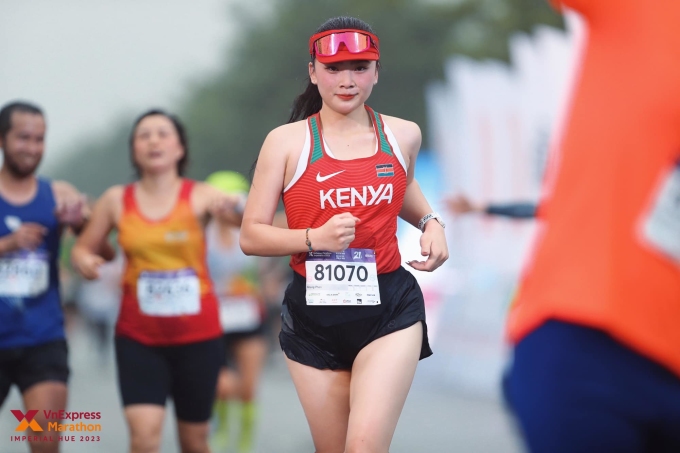
A runner participates in the VM Hue 2023 race. Photo: VM
The training regimen will include 3-4 sessions per week, the rest is for rest and relaxation to help the muscles recover. According to Laura Noris - a running coach and content creator in the US, the principle of training for the first marathon is not to push or rush. Runners should not set a sub5 or sub4 goal in the first marathon. Noris believes that the goal should only be to finish safely within the prescribed time.
"Pushing can bring results, but then runners easily get exhausted, get injured and gradually lose their passion for running. I never want that to happen to my students," said Noris, who has trained more than 200 amateur and professional athletes.
For Laura Norris, the first 6 weeks are a basic training period to build a foundation, create habits for the lungs and legs. The training volume during this time is not too much. For example, the first week's training schedule can be running for 15 minutes on Monday, then increasing to 20 minutes on Wednesday, 25 minutes on Saturday. Sunday is an easy run (comfortable run) for an hour. In the following weeks, the runner will gradually increase the distance or running time, maybe from 3km to 5km then 7km but should not exceed 10km.
Laura Noris believes that speed is not an important factor in the first few weeks. Instead, runners can ease into their workouts, combining running and walking. For example, run for 30 seconds, then walk for a minute, then try to improve to running for one minute, walking for 30 seconds. "This method is how I got started with running. The goal of this method is to make yourself comfortable, limit injuries and let your body gradually adapt," said the coach, who is studying for a Master's in Sports Science at Concordia University.
Once you have a foundation, you can sign up for a short race, about 5km, with a goal of completing it in 45 minutes or 1 hour to find motivation and check your training results. This will also be a stepping stone for you to get motivated for the next training sessions.
Between weeks 6 and 16, runners will enter an advanced training cycle. In this, the running distance each week will increase compared to the previous week, but not exceed 10 - 15%.

Runners run on sand dunes at VnExpress Marathon Quy Nhon 2022. Photo: VM
Laura Noris has three pieces of advice for this phase. The first is not to focus too much on speed. According to her, no matter what distance you run, you should always make sure you can still talk to people around you without gasping for breath. For example, with 4 sessions per week, runners should have at least two easy runs, the rest can be pace, long runs or interval training sessions. "When you increase the distance, your body will lose more energy. When your body changes, it takes time to gradually adapt. Therefore, most training sessions should take place at a slow pace to reduce the risk of injury," the female coach shared.
Second are supplementary exercises such as cycling, yoga, swimming, etc. Athletes can play additional sports or do supplementary exercises in their free time or on days when they do not have a running schedule. Finally, provide energy properly. Glycongen and Carbohydrate are two important substances for athletes, helping to replenish energy, avoiding "hitting the wall" during training and competition. Therefore, salts, gels, and energy bars must always be available.
After months of training, the last thing a runner needs to worry about is listening to their body. If they are not yet confident and comfortable, they can choose to participate in 21km or even a few 10km races to create a habit before moving up to a full marathon.
In Vietnam, runners can choose tournaments in the VnExpress Marathon system to verify their training results. On June 11, VnExpress Marathon Sparkling Quy Nhon will take place with a scale of 10,000 athletes. The tournament takes participants to explore the beauty of the dynamic coastal city of the South Central region, through the famous Thi Nai sea-crossing bridge. Participating in the tournament is also a way for families to combine sports and tourism during the summer vacation.
Hoai Phuong
Source link










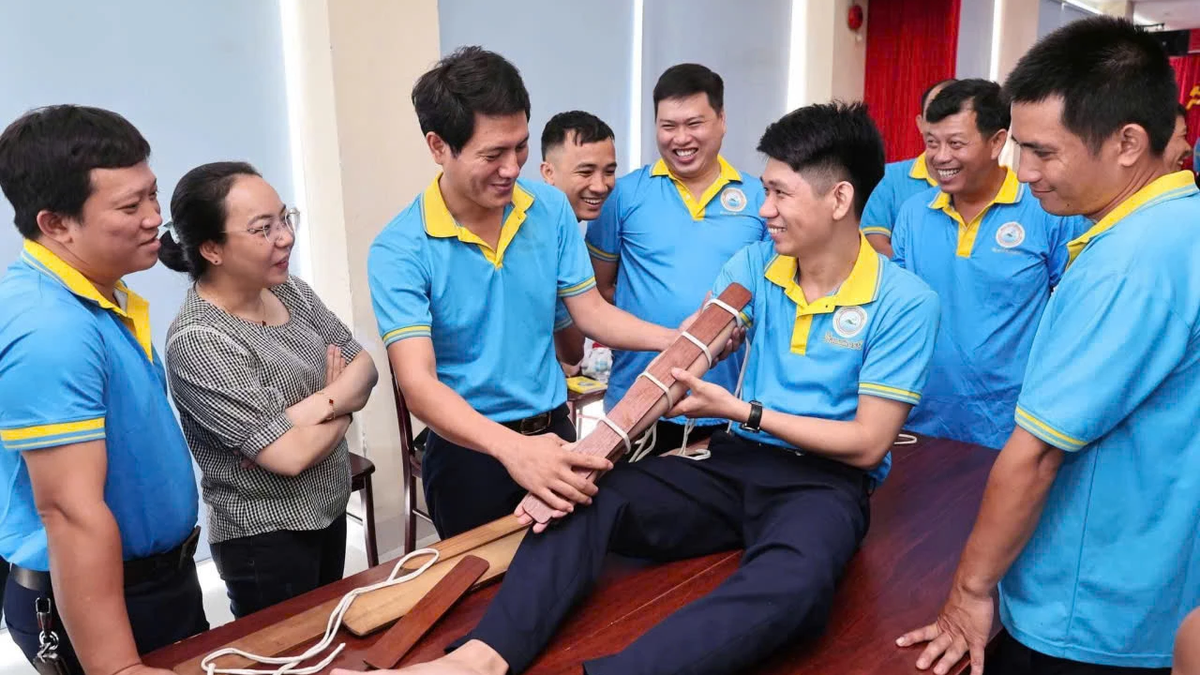























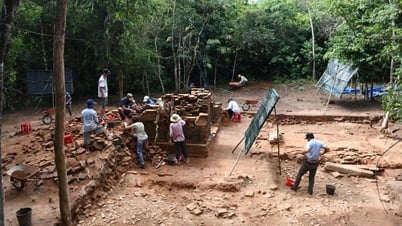

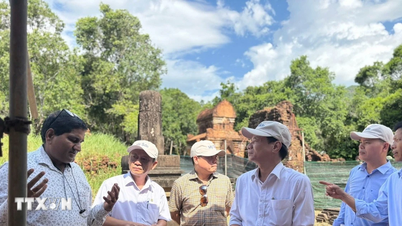





































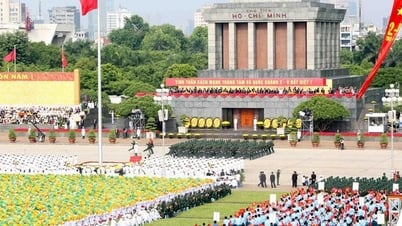

























Comment (0)